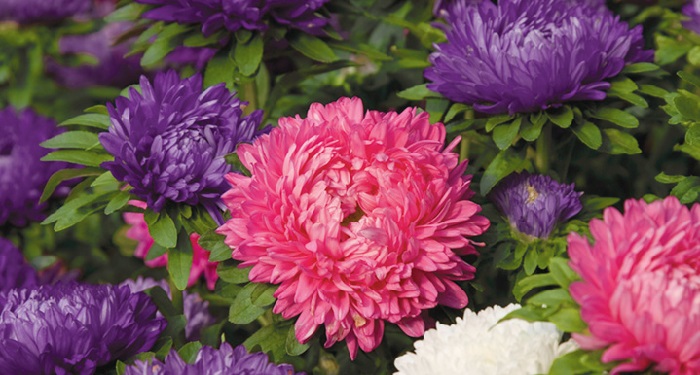 Since ancient times, the villagers have been hoping for the help of the moon. Indeed, it is the night luminary that has a huge influence on the rapid growth of plants, attracting or repelling microparticles of water in them.
Since ancient times, the villagers have been hoping for the help of the moon. Indeed, it is the night luminary that has a huge influence on the rapid growth of plants, attracting or repelling microparticles of water in them.
This process depends on the position and phase of the Queen of the Night.
Content
Creation of an ancient lunar sowing calendar
The most ancient lunar calendars began to be made about 35,000 years ago by the Babylonians and Egyptians astrologers, preserving the heritage to the present. Every year, modern "Nostradamus" are engaged in the creation of such calendars, determining the layside of the fallen lunar day and designating the activities most compatible with its influence. The night luminary stimulates hidden energies, prompting them to flashes and changing the behavioral reaction of all living things on the planet.
Each year, astrologers create lunar sowing months to sow and transplant all kinds of plant crops and carry out the necessary agricultural activities related to them. Such a month is based on information about the location of the Queen of the Night and helps to choose the most favorable date for existing agricultural work.
Saluberogenic days for planting asters in 2018
Even in the world of innovations and modern technologies, the application by the gardeners of the lunar calendar and in compliance with all necessary agrotechnical working moments during the cultivation of flowers and vegetables gives a greater percentage of the probability that in the end a decent harvest will be obtained and flower beds will be thanked with luxurious flowering. Depending on the position of the moon, in the lunar month there are both favorable days for planting asters and unfavorable days that are not recommended for carrying out all kinds of work related to their cultivation. The best days in 2018 according to the lunar month for planting asters and all the agricultural practices carried out with it are considered: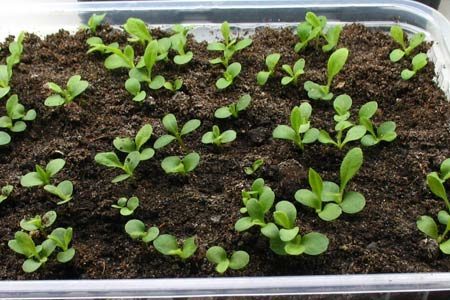
January: 26-28;
February: 1-4, 17-27;
March: 4-8, 13-15, 18-26, 28-30;
April: 17-29;
May: 5-9, 19-25;
June: 4-7, 19-23;
July: 7-11, 21-25;
August: 4-7, 18-24.
Bad days for working with asters planting material in 2018
The sowing of asters seeds on an inappropriate day due to the location of the moon can easily lead to a disastrous result: the flowers may not even sprout or the astra seedlings themselves will not survive or die in the future. Beware of recommended negative days, you can protect your pets from various troubles:
January: 2, 17, 31;
February: 16;
March: 2, 3, 16, 17;
April: 15, 16, 30;
May: 15, 29;
June: 13, 28;
July: 17, 27;
August: 11, 26.
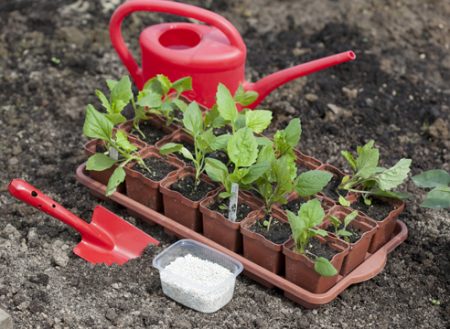
Full moon and eclipse asters sowing
One very important circumstance must also be taken into account! It is unconditionally forbidden to sow the seeds of asters and other ornamental and vegetable crops on days of the full moon. The entire period of the full moon is about three and a half days, and the whole energy of the plants at this time is in a specific state of some kind of expectation. Their life potential at the time of the full moon is unusually small, and the desire for growth and survival is at a minimum level. Therefore, neither sowing seeds nor transplanting asters is possible. Such actions are forbidden these days!
Another important factor is the ban on sowing and planting asters during periods of solar and monthly eclipses. Because on such days, even nature itself is dying and dying, waiting for some completely new changes. Similar days are also marked in the lunar month: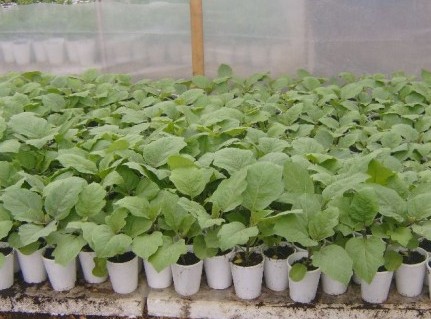
January: the 31st;
February: the 15th;
July: 13th, 27th;
August: 11th.
Starting to sow asters already in the last February decade, you should not forget that this month there will be an eclipse of the sun, therefore it is strictly forbidden to carry out all pre-sowing and agricultural work on this day until the soil is loosened.
All days, except favorable and unfavorable, are considered ordinary. During these periods it is also possible to carry out crops and transplantation of asters, focusing on local weather conditions, the availability of free time and mood.
A lunar sowing month will help to sort out the selection of favorable days for planting asters and indicate not recommended dates for planting them, helping each grower to grow these beautiful flowers in his flower beds. And with the competent use and implementation of the necessary agricultural work, asters will delight their owners with health and chic multi-colored inflorescences.
However, it is important to know that it is necessary to use the lunar month, wisely, without accepting the recommended instructions, as a strict and mandatory instruction. If, due to some circumstances, it is not possible to plant asters on favorable days, then flowers can be sown and transplanted on all other days except the full moon and eclipses of the sun and the month.

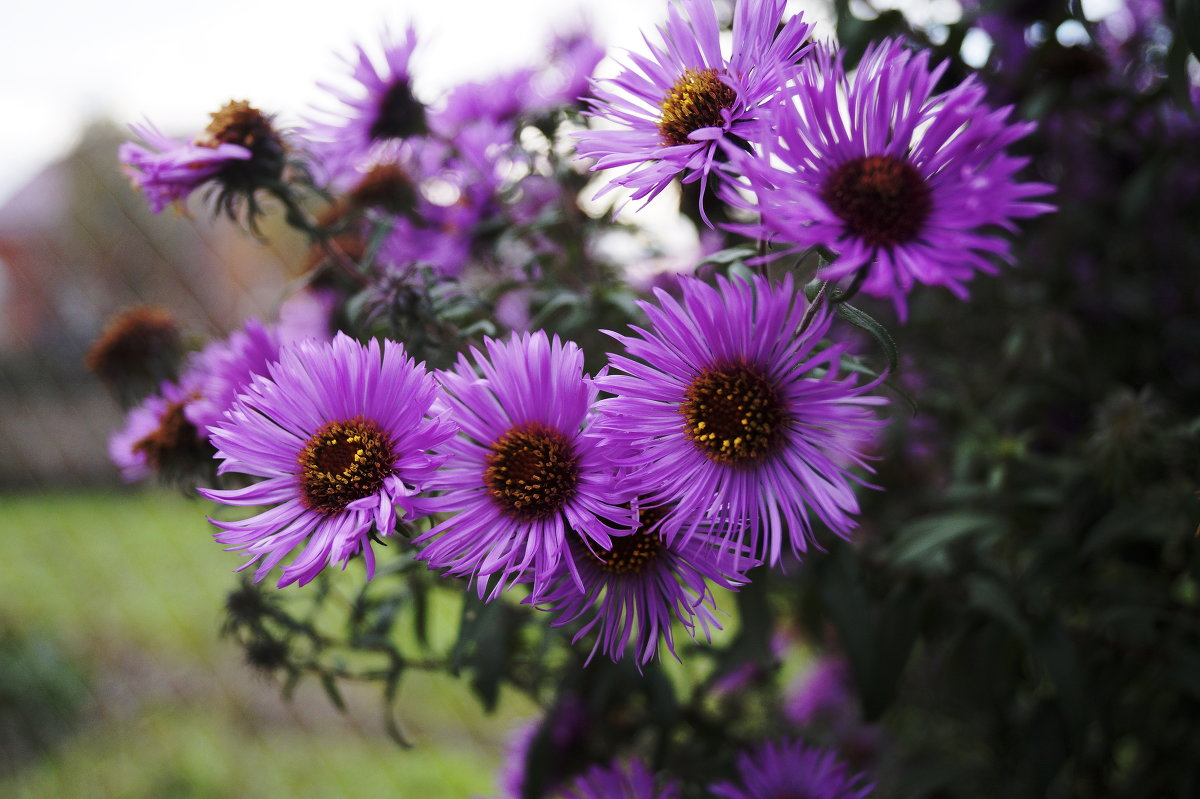
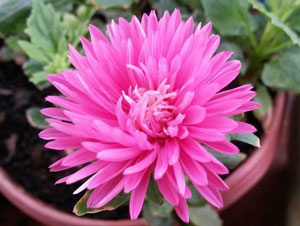
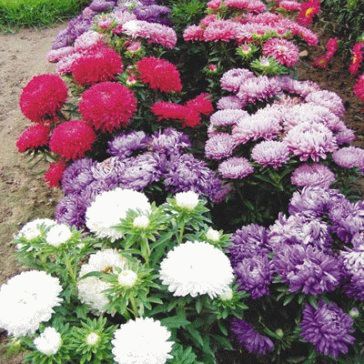 When to plant and how to grow asters from seeds
When to plant and how to grow asters from seeds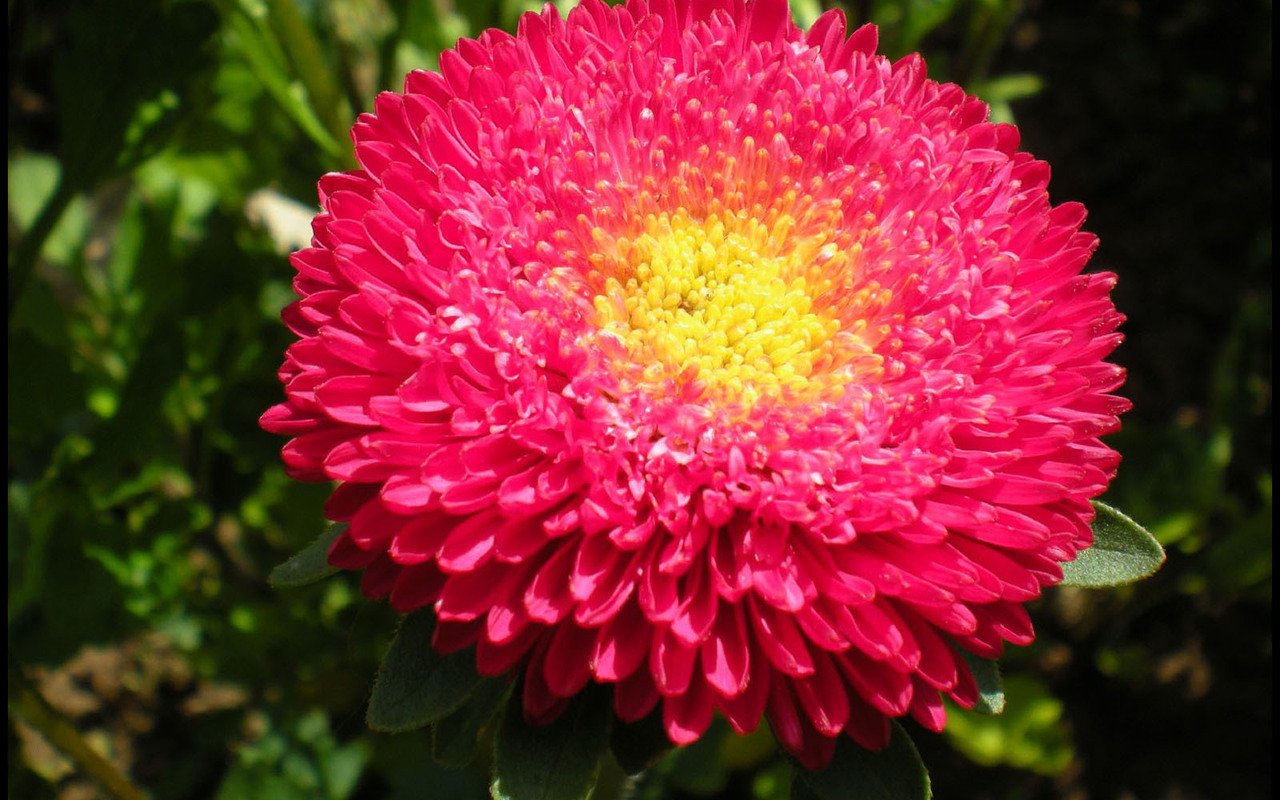 Astra: seed cultivation
Astra: seed cultivation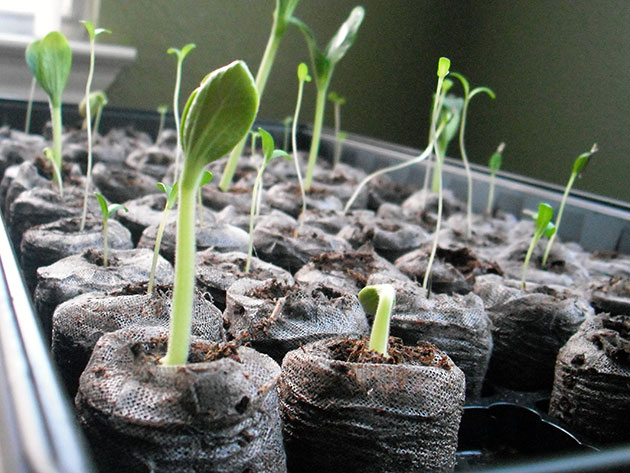 Planting asters on seedlings in 2016
Planting asters on seedlings in 2016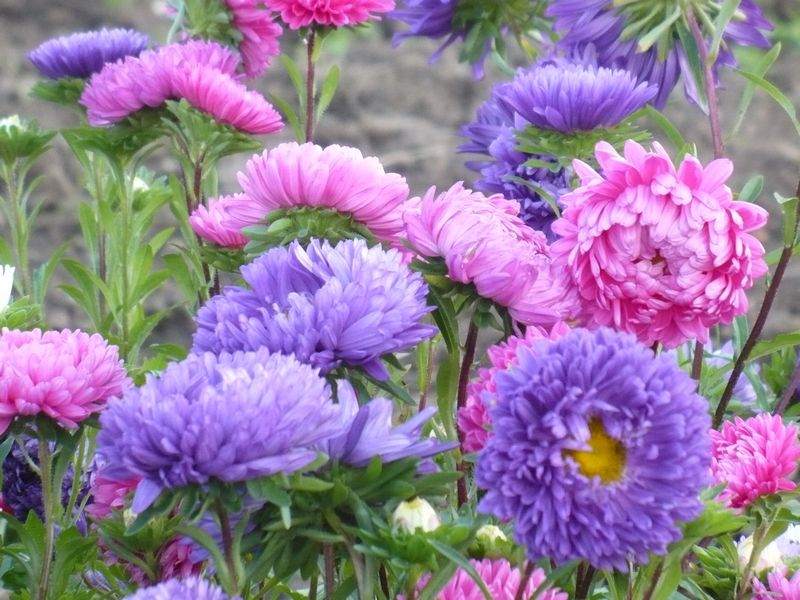 When to plant asters for seedlings in 2017 according to the lunar calendar
When to plant asters for seedlings in 2017 according to the lunar calendar